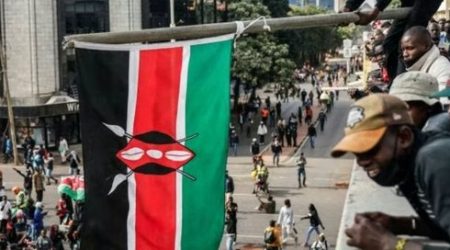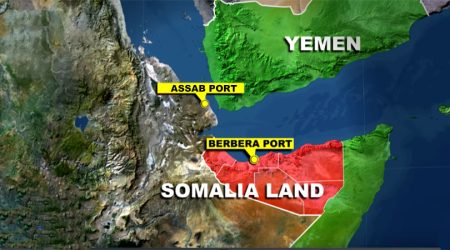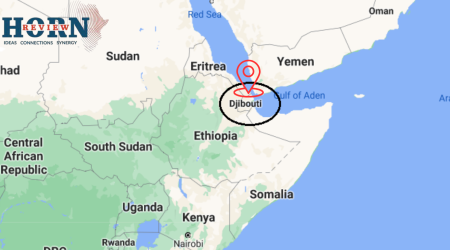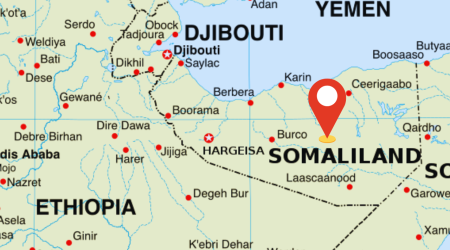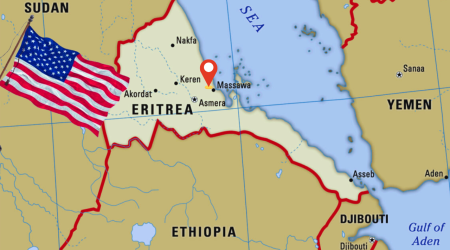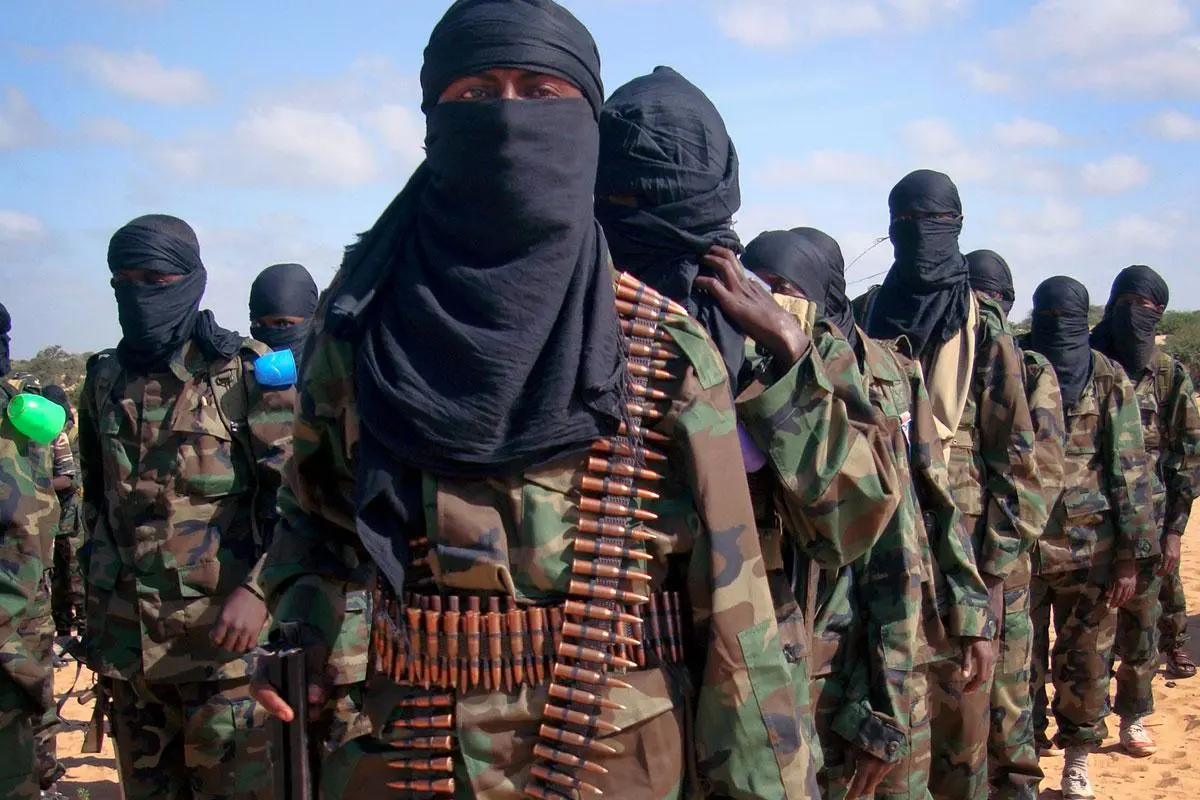
5
May
Armed Alliances: The Emerging Houthi–Al-Shabaab Axis in the Horn of Africa
A chilling wind is sweeping across the Horn of Africa. What was once a rumor – the alignment between Yemen’s Houthi rebels and Somalia’s Al-Shabaab – has crystallized into a tangible and deeply troubling reality. Armed with a steady influx of Houthi-supplied weaponry, Al-Shabaab is no longer merely a shadowy guerrilla force. It is evolving into a conventionally armed threat, now capable of engaging in direct, sustained military confrontations. For Ethiopia, this marks an unprecedented national security challenge. For the Horn and for the United States, it represents a seismic shift in the balance of regional counter-terrorism efforts.
The implications are profound. Years of international investment, intelligence operations, and military campaigns to weaken Al-Shabaab now risk being nullified. The group’s acquisition of advanced weaponry – from explosives to anti-tank systems and upgraded communications – signals a new phase in its evolution. This shift has dramatically increased Al-Shabaab’s operational tempo and reach, placing Ethiopian border regions, key infrastructure, and vulnerable civilian populations in immediate danger.
This growing threat is exacerbated by Ethiopia’s gradual reduction in its troop presence under the African Union Support and Stabilization Mission in Somalia (AUSSOM). As Ethiopian forces draw down, a strategic vacuum emerges – one that Al-Shabaab is poised to exploit. The timing is perilous: a newly empowered Al-Shabaab, bolstered by foreign arms and sensing international disengagement, may seize this opportunity to reclaim territory, recruit aggressively, and project newfound strength across the region.
Complicating the picture is the involvement of the Houthi rebels as intermediaries for Iranian arms. This nexus introduces an international dimension with potentially explosive consequences. Should the United States – especially under a future administration hostile to Iran and its proxies – interpret this alliance as a direct challenge, it could provoke a more aggressive American stance in Somalia and the broader Horn. Ethiopia must now factor these dynamics into its strategic calculus. What once was a localized counter-insurgency effort may soon become entangled in a broader US–Iran confrontation.
The motivations behind this alliance are multifaceted. For Iran, arming Al-Shabaab through the Houthis extends its influence far beyond the Middle East. It creates a disruptive proxy force in a region that borders vital maritime routes and challenges US interests without direct confrontation. For the Houthis, the partnership amplifies their regional reach and reinforces their anti-Western, anti-Saudi narrative. Al-Shabaab, in turn, gains access to sophisticated arms that elevate its status from insurgency to quasi-military force – enabling long-term strategic objectives such as territorial control and political leverage.
Ethiopia now stands at a strategic inflection point. Its traditional counter-insurgency frameworks are insufficient against an Al-Shabaab emboldened by state-grade weaponry. A comprehensive recalibration is urgently needed. This must begin with enhanced border security, the deployment of advanced surveillance technologies, and the modernization of Ethiopian National Defense Forces (ENDF) units in border areas and within Somalia. Intelligence capabilities must be upgraded to monitor arms flows and decode Al-Shabaab’s evolving operational doctrine.
In parallel, Ethiopia must lead a regional security response. Close coordination with Kenya, Djibouti, and Somalia is essential. Diplomatic engagement should prioritize exposing and countering the Houthi–Iranian destabilization axis. International support – particularly from the US and its allies – must be urgently mobilized to provide real-time intelligence, military technology, and strategic coordination. While multilateral action is important, Ethiopia must also prepare for the reality that international engagement may remain limited. A robust, self-reliant national strategy must anchor its defense posture.
The stakes are high. Billions of dollars and countless lives have been invested by the US and its allies in degrading Al-Shabaab and training Somali security forces. That investment now faces its ultimate test. If left unchecked, an Iran-backed Al-Shabaab could render those efforts moot – reclaiming territory, eroding stability, and redrawing the regional security map in Iran’s favor.
This is no longer a battle against a ragtag insurgency. Ethiopia’s red line has been crossed – not by a hidden adversary, but by a bold and externally armed force seeking to dominate the Horn. As the specter of a new proxy war emerges, the response must be swift, strategic, and decisive. Inaction would not merely embolden Al-Shabaab – it would cede the Horn to Tehran’s expanding sphere of influence.
The clock is ticking. The question now is whether Ethiopia and its allies will confront this growing nightmare in time, or wake too late to the sound of a region unraveling under the weight of a new, more dangerous kind of insurgency.
By Bethelhem Fikru,Researcher,Horn Review




